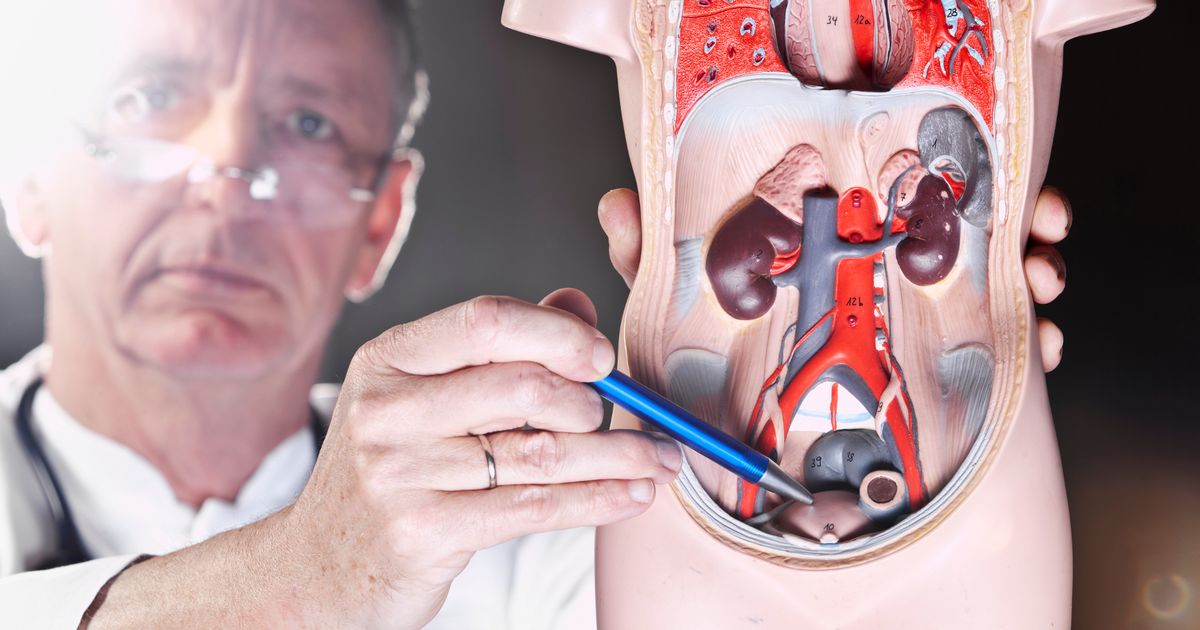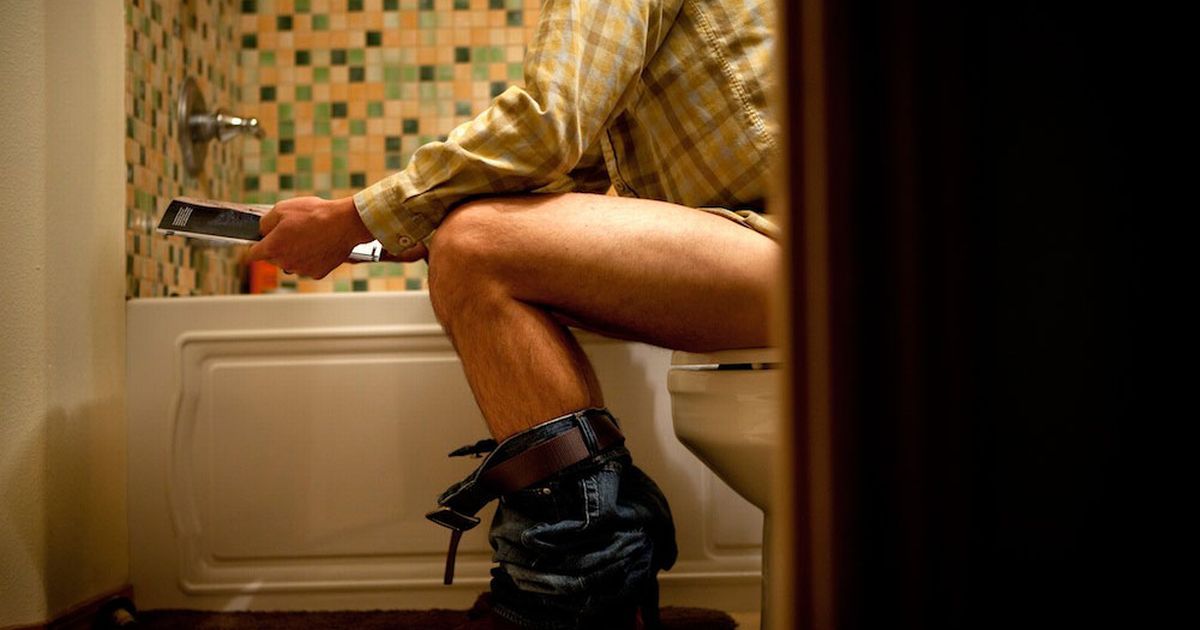Causes, Symptoms, And Treatments Of An Enlarged Prostate
An enlarged prostate, otherwise known as benign prostate hyperplasia or BPH, is the most common prostate problem in men over the age of fifty. A man’s prostate begins to grow at the age of twenty-five. According to the American Urological Association, over one-half of men over the age of sixty will have developed an enlarged prostate and by eighty-five the risk increases to ninety percent. Discover the causes, symptoms, and treatments of an enlarged prostate now.
What Is BPH?

BPH is a noncancerous enlargement of the prostate that blocks the flow of urine from the bladder through the urethra. It develops when prostate cells gradually multiply and cause the gland to grow, which puts pressure on the urethra. When the urethra becomes too narrow, it causes the bladder to contract more forcefully to push urine out of the body, causing the bladder muscle to strength and become so sensitive that it contracts even when there is only a small amount of urine in the bladder. This causes the need to urinate frequently.
Symptoms To Look For

A frequent need to urinate at night is the main symptom of an enlarged prostate. The urgency to use the bathroom will eventually cause a disruption to a man’s daily routine. Other symptoms may include a weak or slow flow of urine, the feeling that the bladder is not completely empty after urination, difficulty starting and continuing urinating, the urgency to go often, waking in the middle of the night to go, a stream of urine that starts and stops, straining to urinate, dribbling of urine, and the need to go again minutes after finishing.
